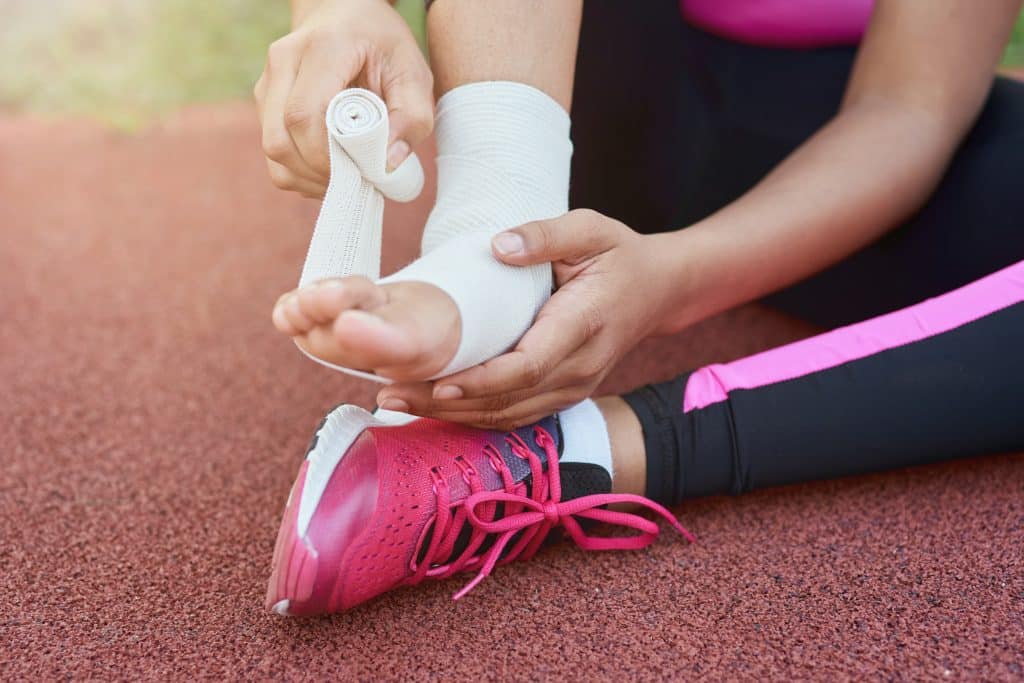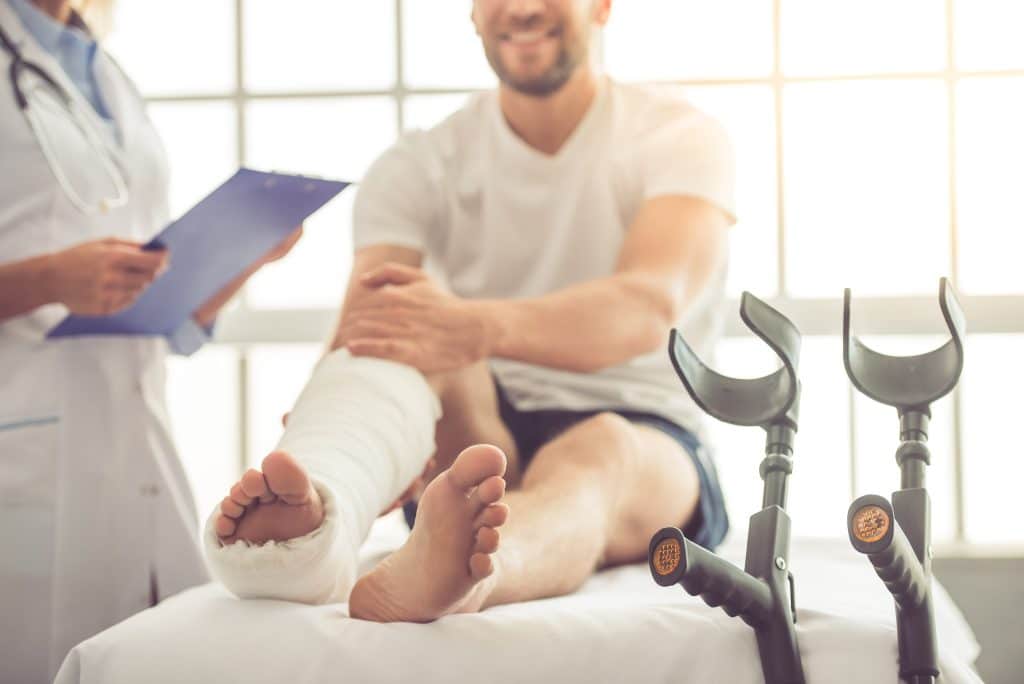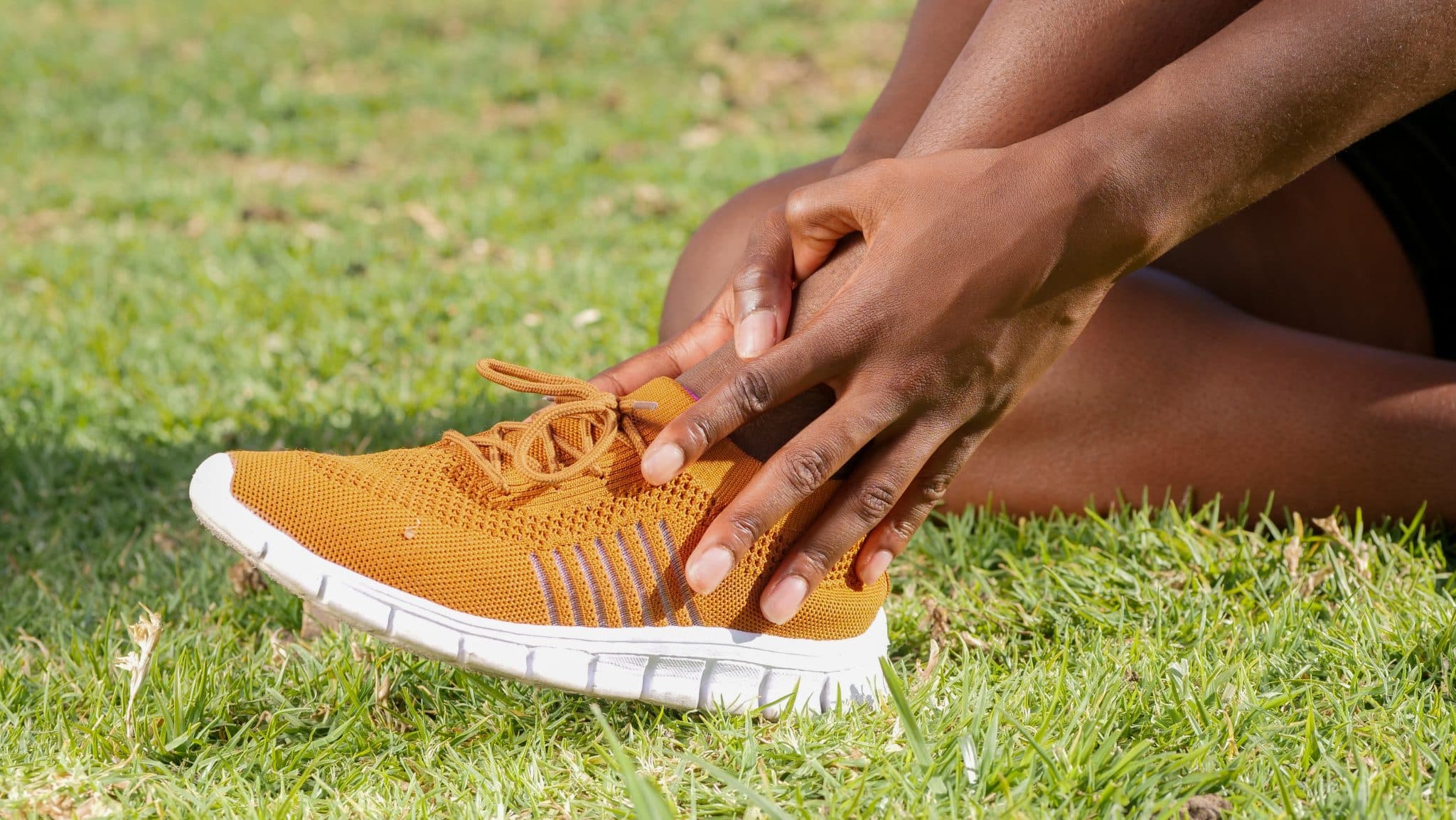No amount of pain is easy to deal with. When that pain is on the top of the foot, it can be particularly frustrating, especially when you’re spending much of the day on your feet.
Top of foot pain can affect people of all ages and fitness levels, and it greatly affects your ability to stand and walk comfortably, and you shouldn’t wait until it becomes severe to treat it.
Whether you’re seeking medical attention to diagnose and treat your top of foot pain or trying at-home remedies, knowing what is causing the pain on the top of your foot is the first step.
Read on to learn more about top of foot pain, what causes it, and what you can do about it.
What Causes Pain on the Top of the Foot?
With every step we take, we put our entire body weight onto our feet, so it’s natural for them to get a little sore from time to time.
Most top of foot pain is down to overuse, but there are plenty of other things that can come into play. The pain in the top of your foot can be caused by bone, skin, and tissue issues, as well as underlying medical issues.
- Sprains and strains: Stress and injuries on the ligaments or muscles in your feet usually due to overuse or excessive force.
- Stress fractures: Tiny cracks in your bones that can be caused by repetitive activities and overuse.
- Tendinitis: Inflammation of the tendons in your feets caused by overuse or the wrong footwear.
- Nerve damage: You might feel a shooting pain or numbness in your foot that’s a symptom of nerve damage caused by swelling or some other injury.
- Arthritis: Inflammation in your joints causing pain and stiffness.
Medical conditions that can cause top of foot pain include gout, diabetes, athlete’s foot, bone spurs, cysts, and toe deformities like hammer toe.
Symptoms of top of foot pain might include bruising, swelling, redness, and stiffness.
Ultimately, determining the cause of your top of foot pain is the first step in treating it.

How Can You Treat Top of Foot Pain?
The good thing about pain in the top of your foot is that it is most commonly caused by something you’re doing or wearing at home. That means the remedy is likely at home as well.
The key is catching your foot pain earlier so you don’t exacerbate the problem.
Some top of foot pain might require steroid injections or even surgery followed by physical therapy. But there are plenty of changes you can make at home to heal your foot pain and prevent it from returning.
- Get the right shoes: Wearing the wrong footwear is a major cause of foot pain, and fortunately, it’s one you can fix at home. Many people don’t wear supportive shoes and if you’re on your feet all day, that won’t end well.
- Exercise properly: Warm up and cool down all your muscles when working out, not just the big ones, and don’t try to push yourself too hard before your body is ready. And most importantly, don’t forget about stretching your feet and calves.
- Rest: Taking a break can do wonders for your feet, especially when it comes to preventing injury or making them more severe.
- Medication: Anti-inflammatory medications can reduce swelling and pressure in your foot to help you manage the pain.
- Orthotics: Custom shoe inserts to provide exactly the support you need and foot braces and casts will give you the support you need while your foot heals and regains its strength.
Ultimately, proper treatment depends on getting a proper diagnosis of what is causing the pain in the top of the foot.

When to See a Doctor for Top of Foot Pain
If you notice lumps or other deformities on your feet, it’s important to seek medical attention as soon as possible. The same goes if the pain you’re experiencing is severe and/or chronic. Many people will wait to seek attention for pain management if it is only minor, but no amount of chronic pain should be ignored.
The longer you ignore pain, the more severe it becomes.
When you see a podiatrist, they will evaluate the pain in your foot, your range of motion, and your physical capabilities to give you a proper diagnosis.
If you suffer from diabetes, foot pain is a normal side effect, but you should still be vigilant when new pain develops.
Pain is always your body’s way of telling you something is wrong. If it’s a slight pain while exercising, it’s a sign to slow down or stop. If it’s a small pain that slowly grows, it’s a sign that something deeper needs to be addressed.
A Better Health Education Leads to a Healthier Life
The best way to care for yourself is to be properly educated about your health. That means knowing how to recognize different symptoms, how to treat them, and most importantly, when to seek help.
At the CMC Foundation, education is our passion. We began by offering extended education and hands-on training for medical students studying podiatry and orthopedics. It has since expanded to include sharing medical education with the general public.
We don’t believe gatekeeping medical knowledge helps doctors or patients, because the better informed everyone is, the healthier we will all be.
We achieve these goals with the help of generous donations and sponsorships. If you’re interested in supporting our cause, please consider making a donation today.


